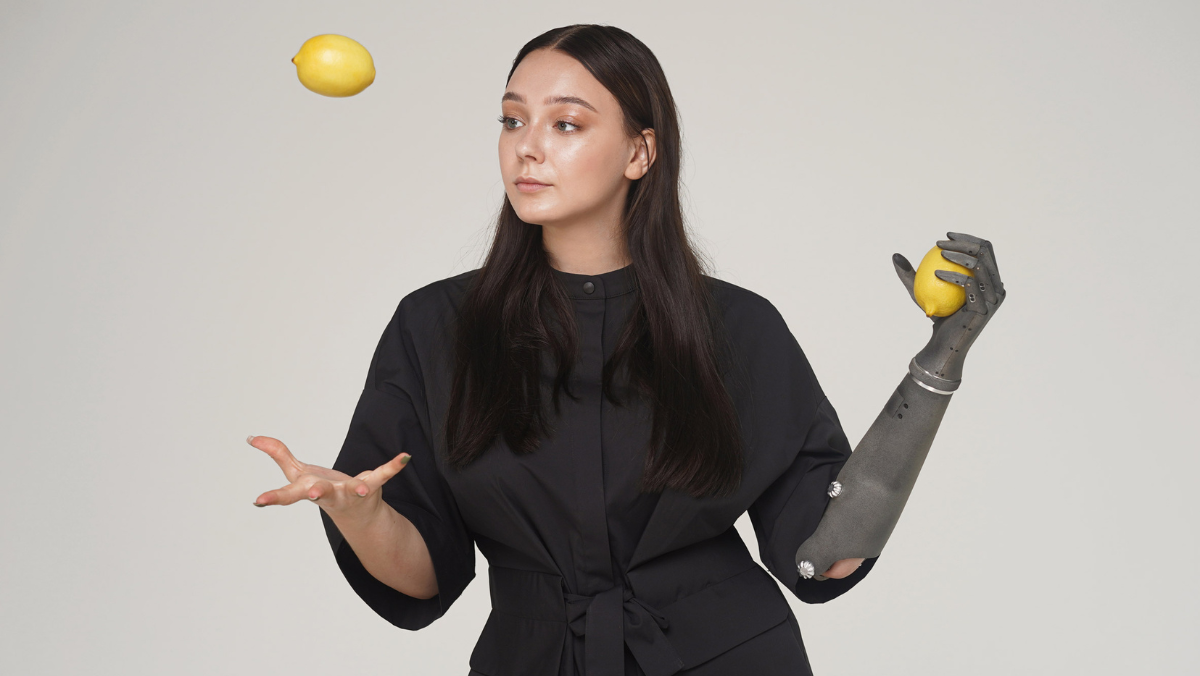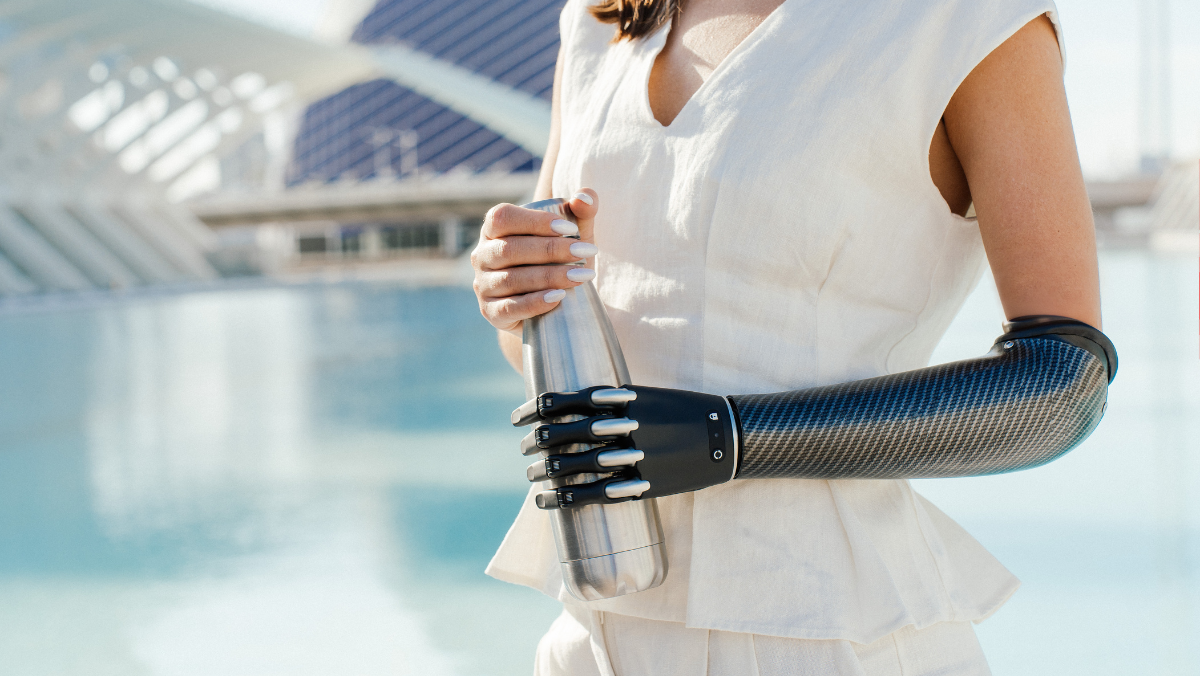INNOVATION
Can AI Make Prosthetics Feel Truly Alive?
Phantom Neuro and Esper Bionics lead advances in AI-powered prosthetics aimed at natural, adaptive performance
31 Oct 2025

Artificial intelligence and neurotechnology are fuelling a new phase of innovation in the US prosthetics sector, as start-ups refine systems that respond more intuitively to human intent. Two emerging players, Phantom Neuro and Esper Bionics, have drawn industry attention for their complementary approaches, underscoring a shift toward smarter, more lifelike prosthetic design.
Phantom Neuro focuses on decoding muscle signals to convert neural intent into precise digital commands, while Esper Bionics builds robotic limbs with adaptive grip and agility. Though the companies operate independently, their combined progress highlights a broader convergence between AI-driven software and advanced mechanical engineering. “We’re moving closer to prosthetics that truly function as natural extensions of the body,” said an Esper Bionics spokesperson.
The trend aligns with a wider national effort to integrate neuroscience and robotics, supported by both private investment and public research programmes. While agencies such as DARPA have long funded neuro-controlled prosthetic projects, current developments reflect a more distributed innovation ecosystem that extends beyond government-led initiatives.
Market forecasts point to sustained expansion in robotic prosthetics, with analysts estimating annual growth near 10 per cent. Advances in artificial intelligence, sensor integration and 3D printing are helping reduce costs and increase personalisation, making high-performance prosthetics more accessible to patients.
Researchers say this wave of innovation depends on tighter collaboration across disciplines, linking neural data, mechanical precision and adaptive algorithms. Yet challenges remain, including regulatory approval, large-scale manufacturing and long-term clinical validation.
Despite these hurdles, optimism is growing. Progress from companies such as Phantom Neuro and Esper Bionics suggests a future in which prosthetic devices extend human capability rather than merely restore lost function. With AI guiding both design and control, the next decade may see prosthetics that respond not only with precision, but with a sense of natural intent.
Latest News
6 Nov 2025
CMS Tightens the Reins on Equipment Accreditation4 Nov 2025
Robotics Meets Rehab in Bold Prosthetics Collaboration31 Oct 2025
Can AI Make Prosthetics Feel Truly Alive?29 Oct 2025
Can AI Fix the Paperwork Problem in Prosthetics?
Related News

REGULATORY
6 Nov 2025
CMS Tightens the Reins on Equipment Accreditation

PARTNERSHIPS
4 Nov 2025
Robotics Meets Rehab in Bold Prosthetics Collaboration

INNOVATION
31 Oct 2025
Can AI Make Prosthetics Feel Truly Alive?
SUBSCRIBE FOR UPDATES
By submitting, you agree to receive email communications from the event organizers, including upcoming promotions and discounted tickets, news, and access to related events.